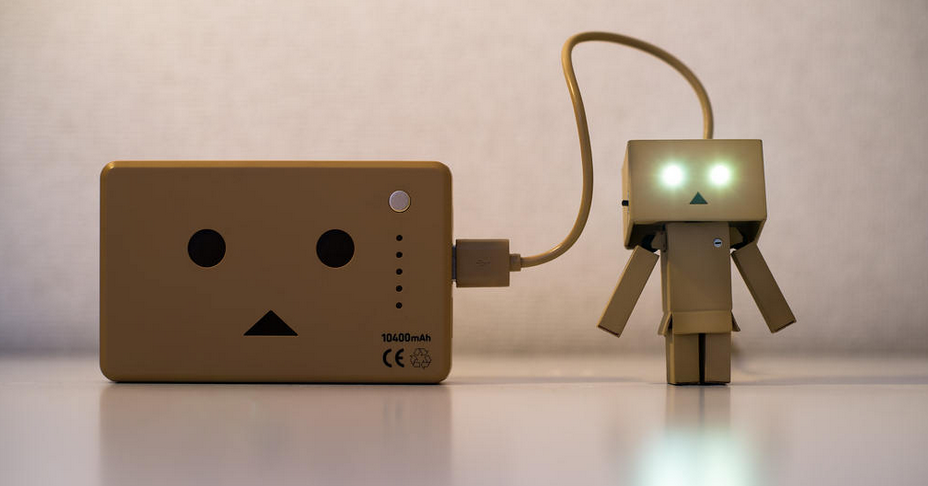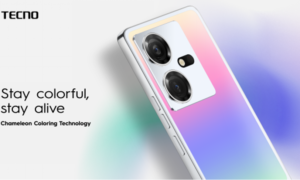The display profile of a Smartphone is one of the critical factors that influences the purchasing habits of most consumers.
The size of the display is what most will look at first, then afterwards it’s all about the crispness of the display.
LCD and Amoled displays are the two technologies that currently run the Smartphone arena. LCD displays have been around for decades now while Amoled displays have been here for just a while.
Both the two display technologies have their virtues and vices, but just like everything else, there has to be one that is slightly better.
Brightness
LCD displays are generally brighter than Amoled displays. This is primarily due to the fact that the crystals on LCD panels are backlit. This implies that each pixel is uniformly illuminated making the entire LCD display consistently brighter.
![[image] LCD vs. Amoled](https://mobitrends.co.ke/wp-content/uploads/2015/05/image-LCD-vs.-Amoled.jpg)
On the other hand each pixel on an Amoled display emits its own light. Therefore, a pixel displaying a dark part of an image does not emit any light in order to remain dark. This non-uniformity of emitting light makes the brightness of an Amoled display inconsistent.
Power Management
Amoled displays essentially suck less power than LCD displays. This is a positive aspect from their drawback in point #1.
Each Amoled display pixel emits its own light. Pixels falling on the darker part of an image or video will not emit any light in order to remain dark. Therefore, an Amoled display is likely to suck in less battery juice when using a DARK theme.
LCD displays are backlit and thus emit light regardless of the nature of the image or video. The ‘always on’ feature of LCD displays drains your smartphone battery.
It is, however, worthwhile to mention that Amoled displays will suck in three times as much battery juice as LCD displays when displaying white.
Cost
LCD displays are cheaper to produce than Amoled displays.
Smartphone vendors have to pass on the extra costs of the display to you. This is the prime reason why Smartphones rocking Amoled displays cost more.
Color Accuracy
Amoled displays deliver some ‘warm’ colors due to their higher level of saturation. Warm colors tend to enhance how an image/video looks. What looks awesome on an Amoled display is likely to appear crappy on an LCD display.
![[image] Amoled vs. LCD](https://mobitrends.co.ke/wp-content/uploads/2015/05/image-Amoled-vs.-LCD-.png)
LCD displays on the other hand, deliver ‘flatter’ or ‘cool’ colors. The display therefore, makes colors appear ‘real’ as opposed to auto enhancing them. An image/video that appears crappy on an LCD display is likely to appear awesome on an Amoled display.
Secondary Features
Smartphone displays were for long just simple, rigid, flat panels. Times have changed and the trend of curved smartphone displays is swiftly gaining momentum.
Amoled displays lack a backlight and thus, they are significantly thinner than LCD panels. This makes the Amoled displays flexible enough to create curved display such as the one on the Samsung Galaxy Edge.
LCD displays are on the other hand rather rigid, making them unsuitable in the design of curved displays.
Durability
LCD Panels are marketed as having a lifespan of up to 20 years.
This is the same for LCD smartphone displays. The reason behind this is that LCD displays use inorganic materials (do not naturally degrade) and their uniform use of pixels makes the chances of the display ‘burning in’ almost impossible.
Amoled is an acronym of Active-Matrix Organic Light-Emitting Diode. The organic part makes the display susceptible natural degradation and some of the diodes are likely to ‘burn in’ with time. This drawback gives Amoled displays a rather limited lifespan.
Verdict
It is clearly a complex affair to determine which between the two display technologies is superior. It all depends on your custom preferences.
Kevin is a tech enthusiast and the lead writer at MobiTrends.co.ke. He has been writing about smartphones and tech related topics since October 2012. About Us | Contact Us








